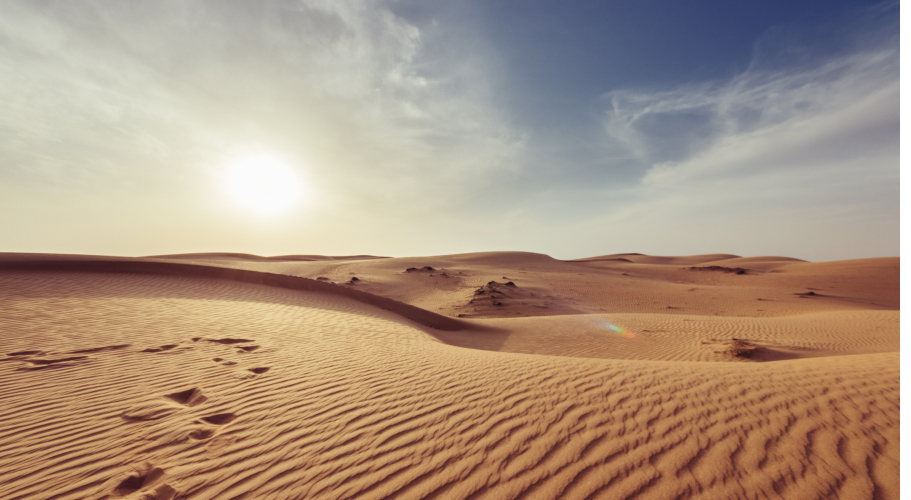Top 10 Largest Deserts in the World
Many people picture deserts as dry, scorching regions covered in sand. Indeed, most deserts on Earth fit this description. However, deserts are defined not by sand or climate but by low precipitation, so not all deserts are sandy. Today, let’s explore the top 10 largest deserts in the world together.
10. Syrian Desert – 490,000 km²
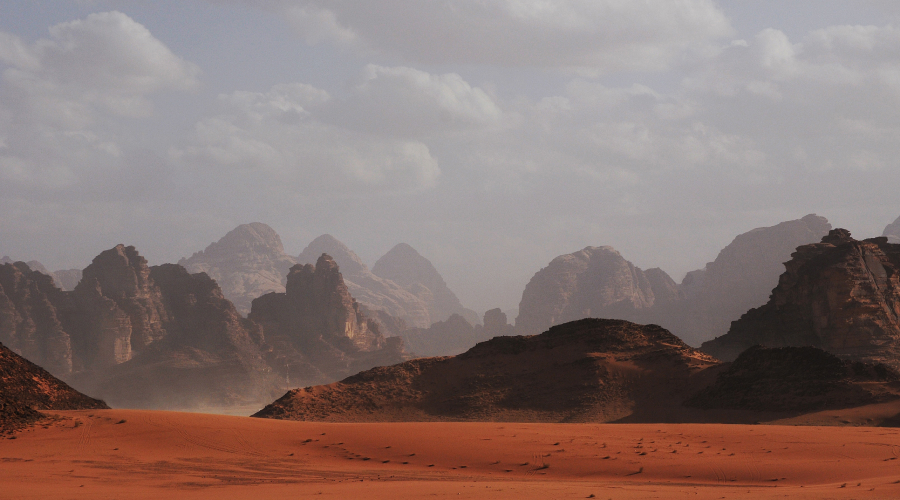
The 10th largest desert in the world is the Syrian Desert, spanning Syria, Jordan, Saudi Arabia, and Iraq. Despite its name, it’s actually Jordan that encompasses the largest portion of this desert. As a subtropical desert, it features rocky and gravelly terrain with a barren landscape. In the past, it was home to diverse wildlife, including gazelles, wolves, jackals, and foxes, but due to overhunting and drought, their populations have drastically declined.
9. Great Basin Desert – 490,000 km²
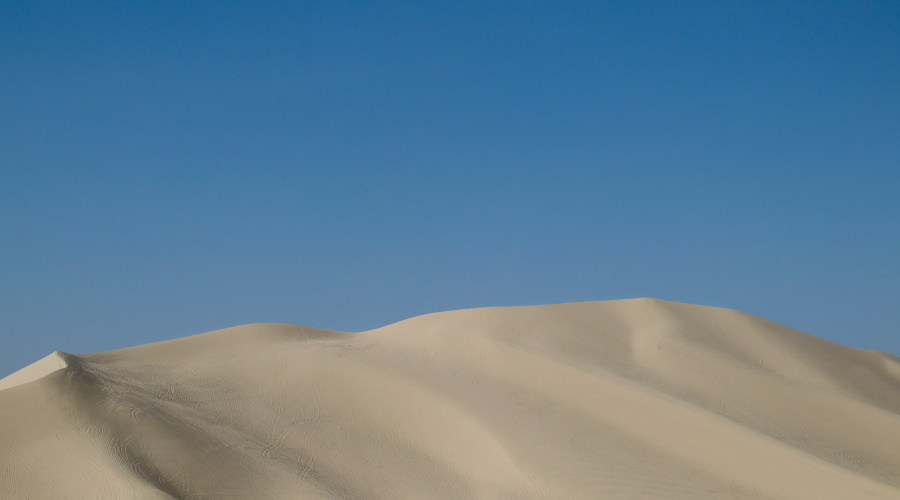
The 9th largest desert is the Great Basin Desert, equal in size to the Syrian Desert but primarily composed of clay, silt, and sand. A unique feature is its semi-arid climate, which allows for significant snowfall in winter, unlike fully arid deserts. Notably, the Great Basin is home to the bristlecone pine, a tree estimated to be 4,950 years old, making it one of the oldest living organisms on Earth.
8. Kalahari Desert – 560,000 km²
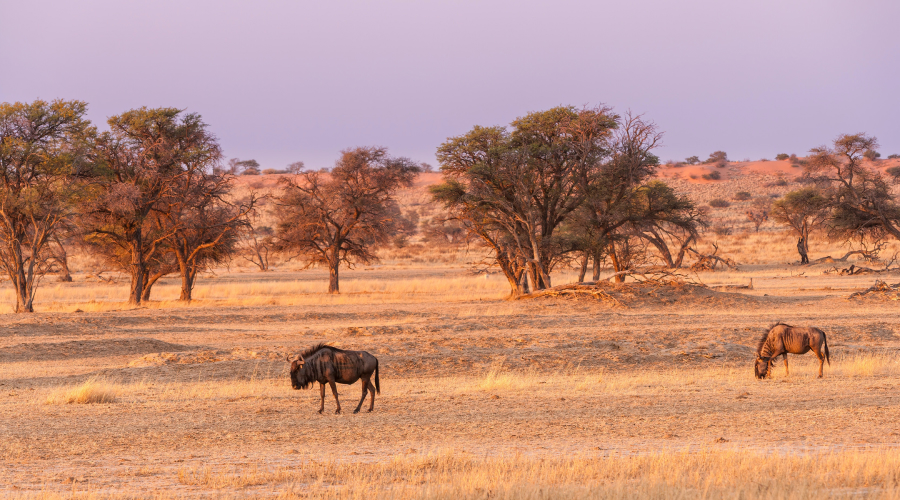
Located in southern Africa, the Kalahari Desert ranks as the 8th largest desert in the world, stretching across Namibia, Botswana, and South Africa. Compared to other deserts, it receives higher precipitation, supporting a variety of wildlife, including wildebeests, hyenas, and meerkats.
7. Great Victoria Desert – 650,000 km²
Australia, known for its vast landscapes, is home to the 7th largest desert, the Great Victoria Desert. True to its name, it boasts an impressive scale and consists mainly of sand, rock, and hard-packed soil. Despite its harsh environment, it supports 15 species of birds, including princess parrots and scarlet-chested parrots, as well as 95 species of reptiles and 10 types of mammals.
6. Patagonian Desert – 670,000 km²
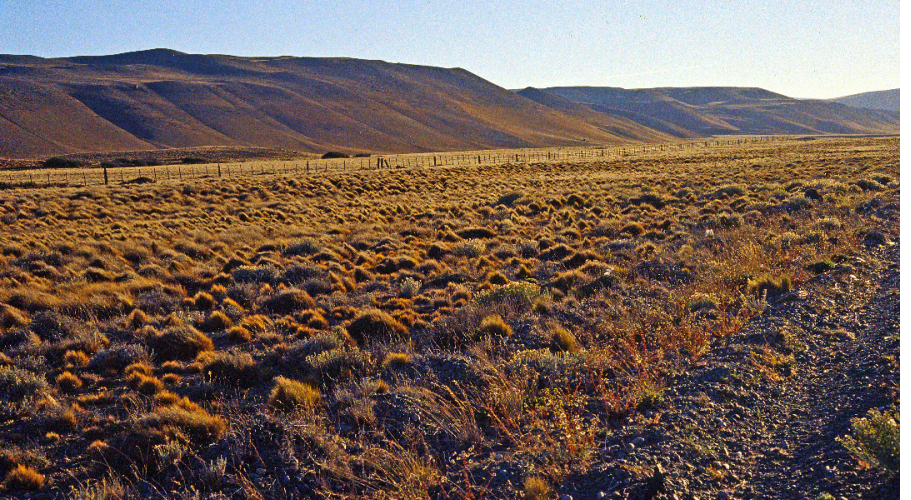
Also known as the Patagonian Steppe, the Patagonian Desert ranks 6th among the world’s largest deserts. Covering approximately 670,000 km², it is bordered by the Andes Mountains to the west and the Atlantic Ocean to the east. Like the Great Basin Desert, it has a semi-arid climate, with frost covering the ground in winter but minimal snowfall. Unlike typical deserts, it has few sand dunes and features relatively flat terrain.
5. Gobi Desert – 1,300,000 km²
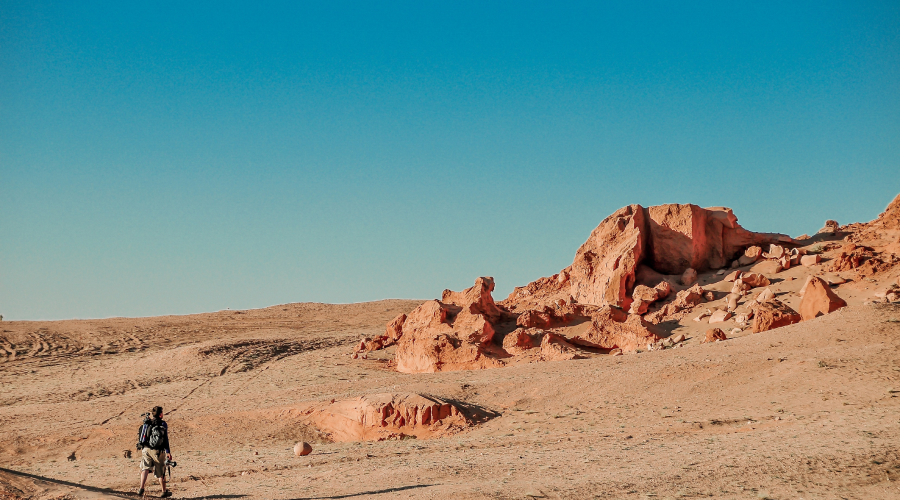
The Gobi Desert, the 5th largest in the world, is more than twice the size of the desert ranked just below it. Known as Asia’s largest desert, it spans northwestern China and southern Mongolia. Unlike the Patagonian Desert, it has few sand dunes and is relatively humid and cold for a desert. Its unique climate supports diverse landscapes, including steppes, plateaus, lakes, valleys, and mountain ranges.
4. Arabian Desert – 2,600,000 km²
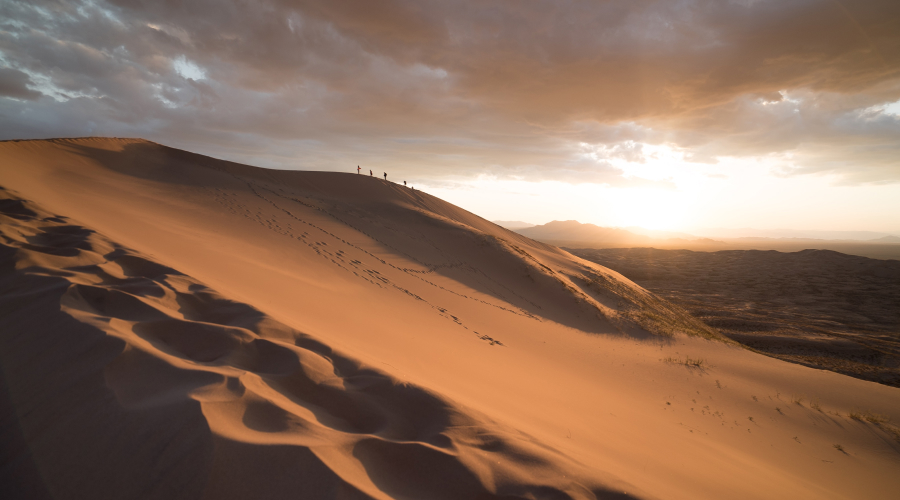
The Arabian Desert, famously depicted as the setting for Disney’s Aladdin, is the 4th largest desert in the world, covering 2,600,000 km². With annual precipitation of less than 33 mm, it epitomizes a classic desert. To put its size in perspective, it is about 26 times larger than South Korea’s land area (100,377 km²). Located in the Middle East, it is arid and harsh but rich in underground natural resources.
3. Sahara Desert – 9,200,000 km²
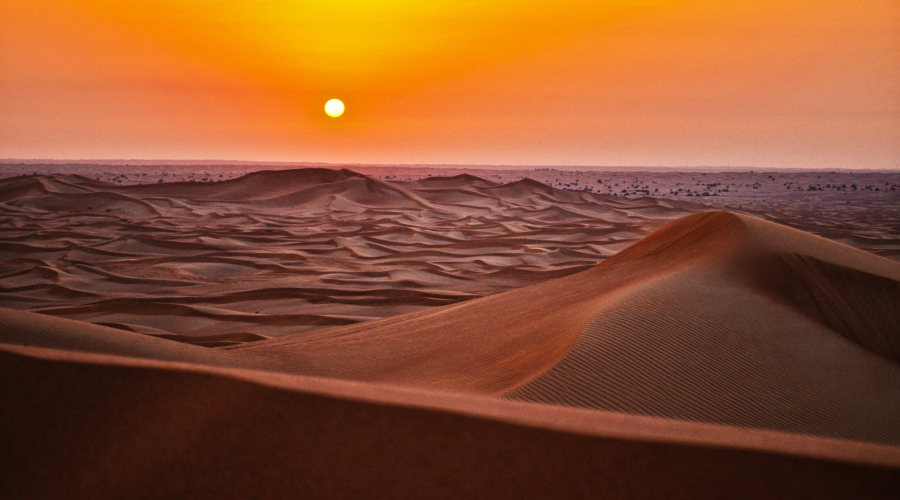
Many people believe the Sahara Desert is the largest in the world, and they’re not entirely wrong—it is the largest subtropical desert. Spanning nine countries, its size is 91 times that of South Korea and covers roughly one-third of the African continent. With minimal cloud cover, the sandy ground absorbs intense sunlight, making the Sahara one of the hottest deserts on Earth.
2. Arctic Desert – 13,900,000 km²
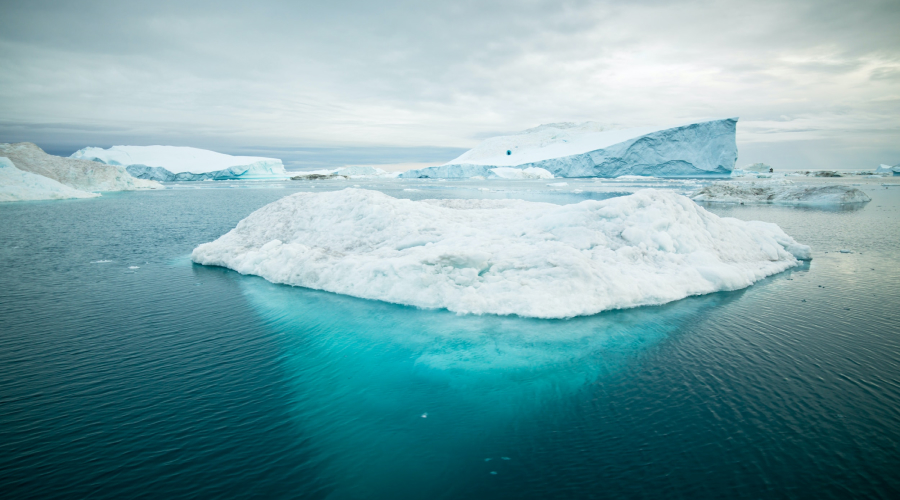
Surprisingly, the 2nd largest desert is the Arctic, encompassing parts of Canada, Greenland, Russia, and several Asian countries. Its annual precipitation is only about 150–200 mm. The extremely cold air holds little moisture, creating a dry, barren environment.
1. Antarctic Desert – 14,200,000 km²
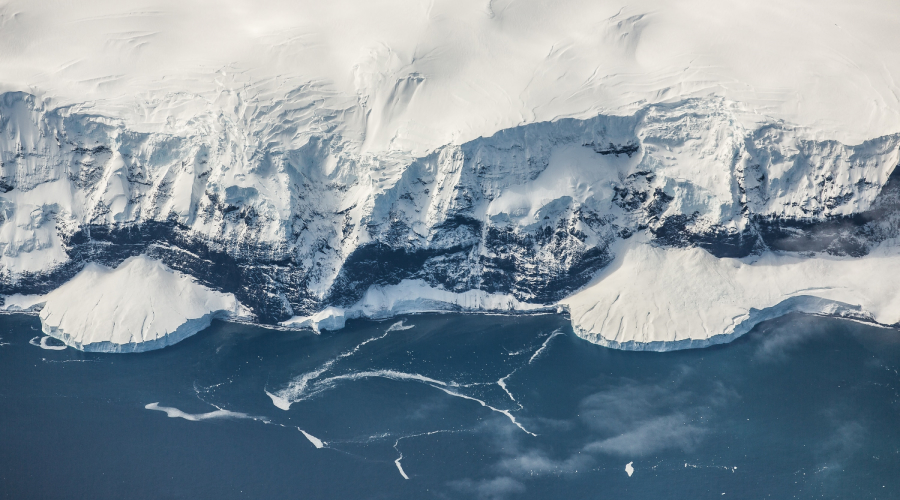
By now, you may have guessed that the largest desert in the world is Antarctica. It receives even less precipitation than the Arctic, with some experts claiming certain areas have not seen rain for 14 million years. About 98% of Antarctica is covered in ice, most of which is permanent. Known as the coldest, windiest, and driest place on Earth, it is an inhospitable environment for human habitation.
Before researching this, I, too, thought the Sahara was the largest desert. I had no idea that deserts are defined by precipitation, not environment, or that the Arctic and Antarctic have such extremely low precipitation. This raises an intriguing question: How do Antarctic explorers obtain water for drinking, washing, and cooking? Relying solely on external supplies seems insufficient.
